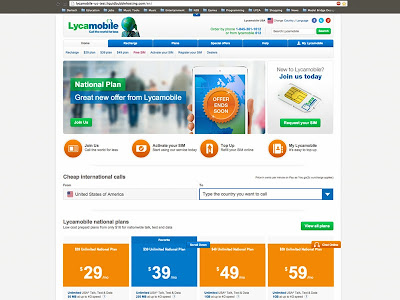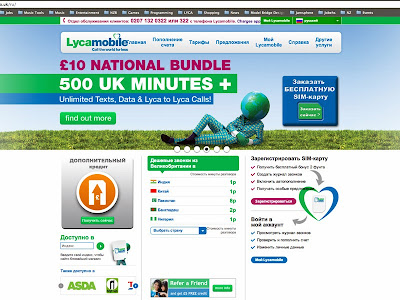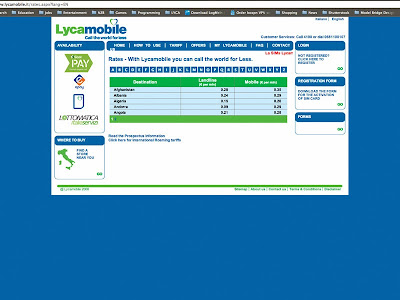I was insipired the other night by watching the third Starwars film (Episode IV Return of the Jedi 1983). The set design and cinematography from one of the opening scenes gave me a very immersive feeling of actually being in Jabba’s palace, or perhaps another place I have been, where space and light was used exceptionally well. The above drawing by Ralph McQuarrie was very closely followed by the set designers who also added in their own details, like the strangely reflective and hollow locking teeth on the door and corridors leading to unknown places. The long arches and sandy textures seem to come from a Moorish influence and definitely give a sense of being cool in a hot climate.
I find it incredible that so much space can be portrayed through the window of a TV screen. I want to challenge myself to create my own fantasy interior to hang on a wall, as if a window to another world. The window itself will become crucial to this and should tie in to the theme of the interior.
Most importantly I want to convey a strong feeling associated with something pleasant, like in the instance above, giving a feeling of nostalgia from a strong sense or emotion.
I also want to convey a series of futuristic interiors, similar to that of the Jedi temple in episode III where massive pillars give a great sense of space and light. In order to do this I plan to visit some of the larger cathedrals and churches in London and see if I can modernise the cold stone of the walls, playing with textures and forms that could one day be formed from futuristic, programmable materials through the wonders of nanotechnology.













